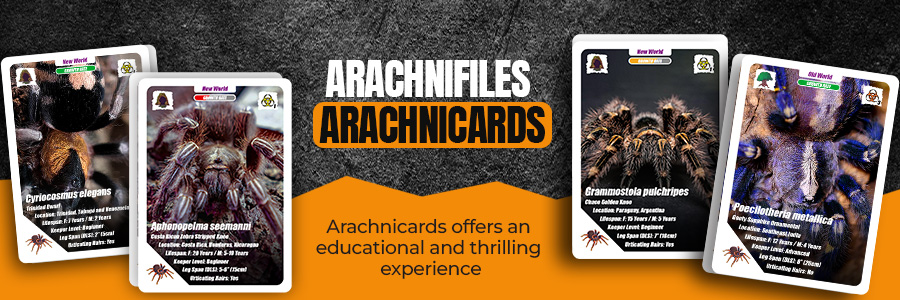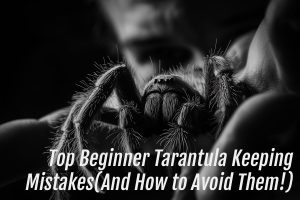The Difference Between Venomous and Poisonous: Unraveling the Mysteries of Toxin Classification
Introduction
Toxins have long captivated the human imagination, as their potent effects on living organisms inspire both fear and fascination. Within the realm of toxins, two terms frequently arise venom and poison. While often used interchangeably, they refer to distinct types of toxins with different characteristics and purposes. In this blog post, we will delve into the world of venom and poison, unraveling their mysteries and shedding light on their unique attributes.
Understanding Venom
Venom is a specialized type of toxin produced by certain organisms, typically for the purpose of defense or subduing prey. Venomous animals, such as snakes, spiders, and scorpions, have evolved intricate adaptations to harness the power of venom. Venom can be injected into the target organism through specialized structures, such as fangs, stingers, or spines. These organisms possess venom glands that produce the toxin, which is then delivered directly into the bloodstream or tissues of the victim.
The potency and composition of venom vary across different species. Some venoms contain enzymes that break down tissues, while others target specific physiological functions of the victim. The effects of venom can range from pain and paralysis to tissue damage and even death. Venomous organisms have evolved venom-delivery mechanisms that ensure the toxin reaches its intended target efficiently and effectively.
Exploring Poison
Unlike venom, poison is a toxin that is not actively delivered to a target organism but is instead passively encountered. Poison can be found in various sources, including plants, fungi, insects (such as millipedes), and certain animals. Poisonous organisms have developed different defense mechanisms to deter predators or protect their territories.
Poison can be ingested, inhaled, or absorbed through the skin. Poisonous plants, such as poison ivy or deadly nightshade, contain toxic compounds that can cause severe skin reactions or internal poisoning if ingested. Some animals, like the brightly colored poison dart frogs, possess toxins on their skin that can cause paralysis or death if touched or consumed.
Differentiating Venom from Poison
While both venom and poison are toxic substances, several key distinctions set them apart. The primary difference lies in the intentionality of toxin delivery. Venom is actively injected or delivered by venomous organisms, often as a defense mechanism or to subdue prey. In contrast, poison is passively encountered and affects organisms that come into contact with it.
Another differentiating factor is the method of toxin transfer. Venom is typically transferred through specialized structures, such as fangs or stingers, while poison can be encountered through various routes, including ingestion, inhalation, or contact.
Moreover, the biological function and effects on organisms also differ between venom and poison. Venom is primarily used for immobilizing or incapacitating prey, aiding in digestion, or self-defense. Poison, on the other hand, serves as a deterrent or defense mechanism against predators or threats.
To further illustrate the differences between venomous and poisonous organisms, let’s explore a few examples. The king cobra is a venomous snake that delivers its potent neurotoxic venom through hollow fangs, enabling it to paralyze and ultimately kill its prey. In contrast, the poison dart frog produces toxic compounds in its skin, which act as a chemical defense to ward off predators. Simply touching or consuming this frog can lead to severe poisoning.
Common Misconceptions and Myths
It’s important to address common misconceptions and dispel myths surrounding venom and poison. One common misconception is that all venomous organisms are dangerous to humans. While some venomous animals pose a significant threat, many venomous species are harmless and only use their venom for prey capture or defense.
Additionally, the term “poisonous snake” is often misused. Snakes are generally venomous rather than poisonous, as they deliver venom through their fangs. Poisonous organisms, on the other hand, are those that possess toxins that can be harmful when ingested, touched, or inhaled.
Impact on Humans
The interactions between venomous and poisonous organisms and humans have both fascinated and posed risks throughout history. Venomous animals, such as snakes, spiders, and jellyfish, can cause serious harm if their venom is injected into a human. The effects of venom can range from mild pain and swelling to systemic effects like paralysis, organ damage, and even death in severe cases. However, it is important to note that the majority of venomous species are non-aggressive and will only use their venom in self-defense.
Poisonous plants, fungi, and certain animals can also have detrimental effects on human health. Ingesting or coming into contact with toxic plants like poison ivy or ingesting poisonous mushrooms can lead to skin rashes, digestive issues, organ failure, or even fatality. It is crucial to be aware of poisonous organisms in our surroundings and take necessary precautions to avoid exposure.
Medical treatments for venom and poison exposure have significantly advanced over time. Antivenoms have been developed to counteract the effects of specific venomous bites or stings, providing life-saving treatment for victims. Poison control centers play a vital role in managing cases of poisoning and providing guidance for appropriate medical intervention. Additionally, education and awareness about venomous and poisonous organisms are essential to prevent encounters and minimize the risks associated with them.
Ecological Significance
Venom and poison play crucial roles in the intricate web of predator-prey relationships and ecological balance. Venomous organisms, such as snakes, help control populations of small mammals and other prey species, contributing to the regulation of ecosystems. Their venomous adaptations have allowed them to efficiently capture and consume their prey, influencing the dynamics of food webs.
Poisonous organisms, including plants and certain insects, have developed toxins as a defense mechanism against herbivores or predators. By producing toxic compounds, these organisms deter potential threats and reduce predation pressure, ensuring their survival and maintaining the balance of their habitats.
Understanding the ecological significance of venom and poison highlights the importance of conserving these unique adaptations. Protecting venomous and poisonous organisms is crucial for maintaining biodiversity and the health of ecosystems. By appreciating their roles and promoting responsible coexistence, we can contribute to the preservation of these remarkable species.
Conclusion
In conclusion, venom and poison are distinct types of toxins that serve different purposes in the natural world. Venomous organisms actively inject venom to subdue prey or defend themselves, while poisonous organisms possess toxins that are passively encountered. The intentionality of toxin delivery, method of transfer, and biological functions differentiate venom from poison.
By gaining a deeper understanding of venomous and poisonous organisms, we can appreciate their complexity and unique adaptations. It is essential to dispel common misconceptions and myths surrounding venom and poison, promoting accurate knowledge about these fascinating aspects of the natural world.
Other Helpful Info!
If you found this post helpful, please consider sharing it. It really helps the site in the search algorithm! Thanks!
Do you have inverts and arachnids? Want a fun way of tracking them? Then download Arachnifiles for Android or iOS today! It’s free!
Want to read more helpful blog posts? Click here to view other blog posts!
Want to read more about invertebrate care? Click here to view other care guides!




